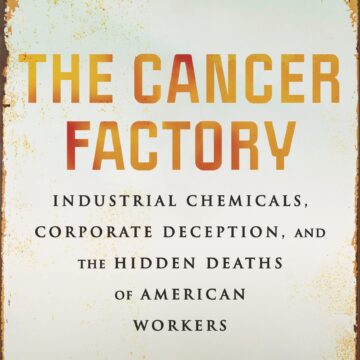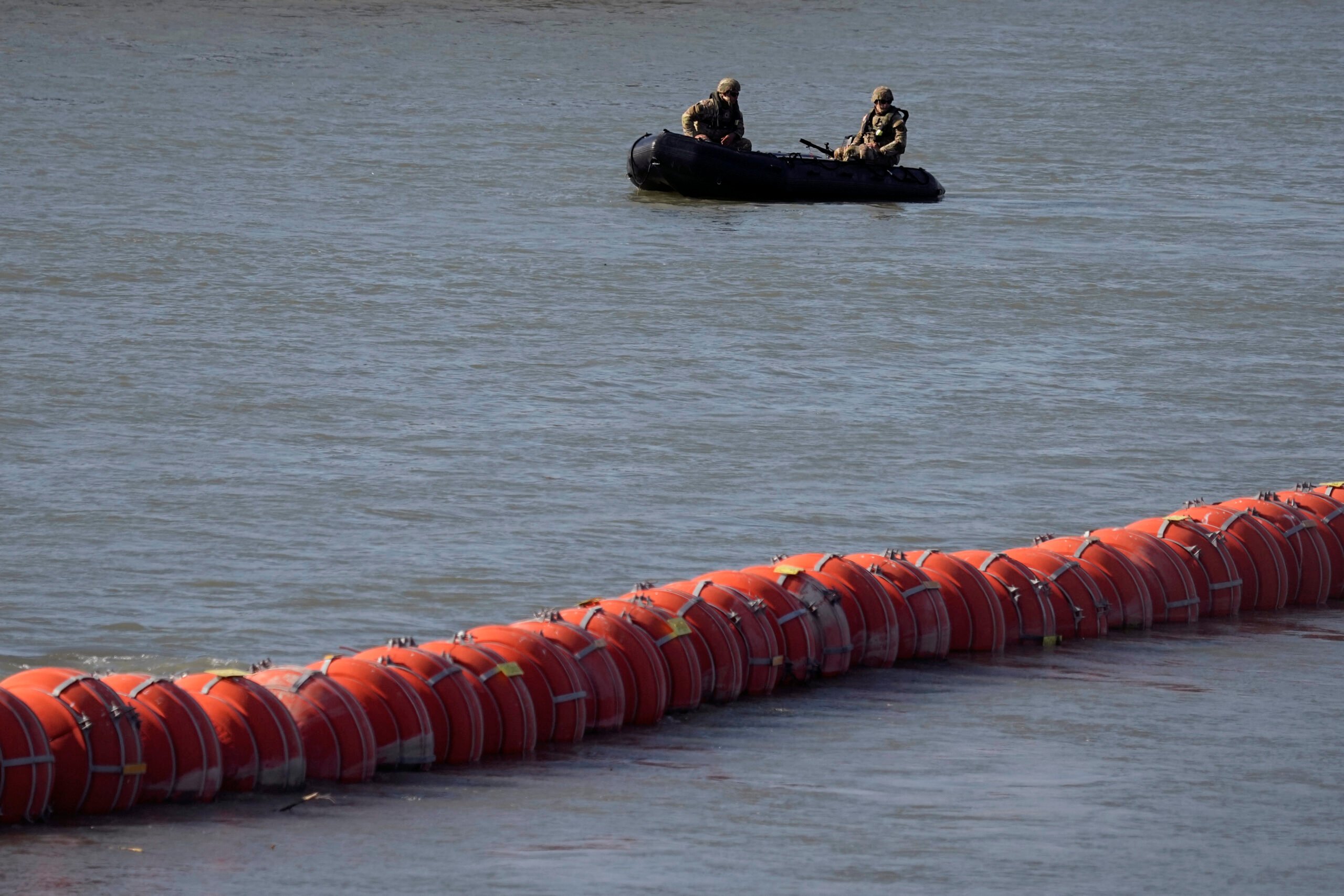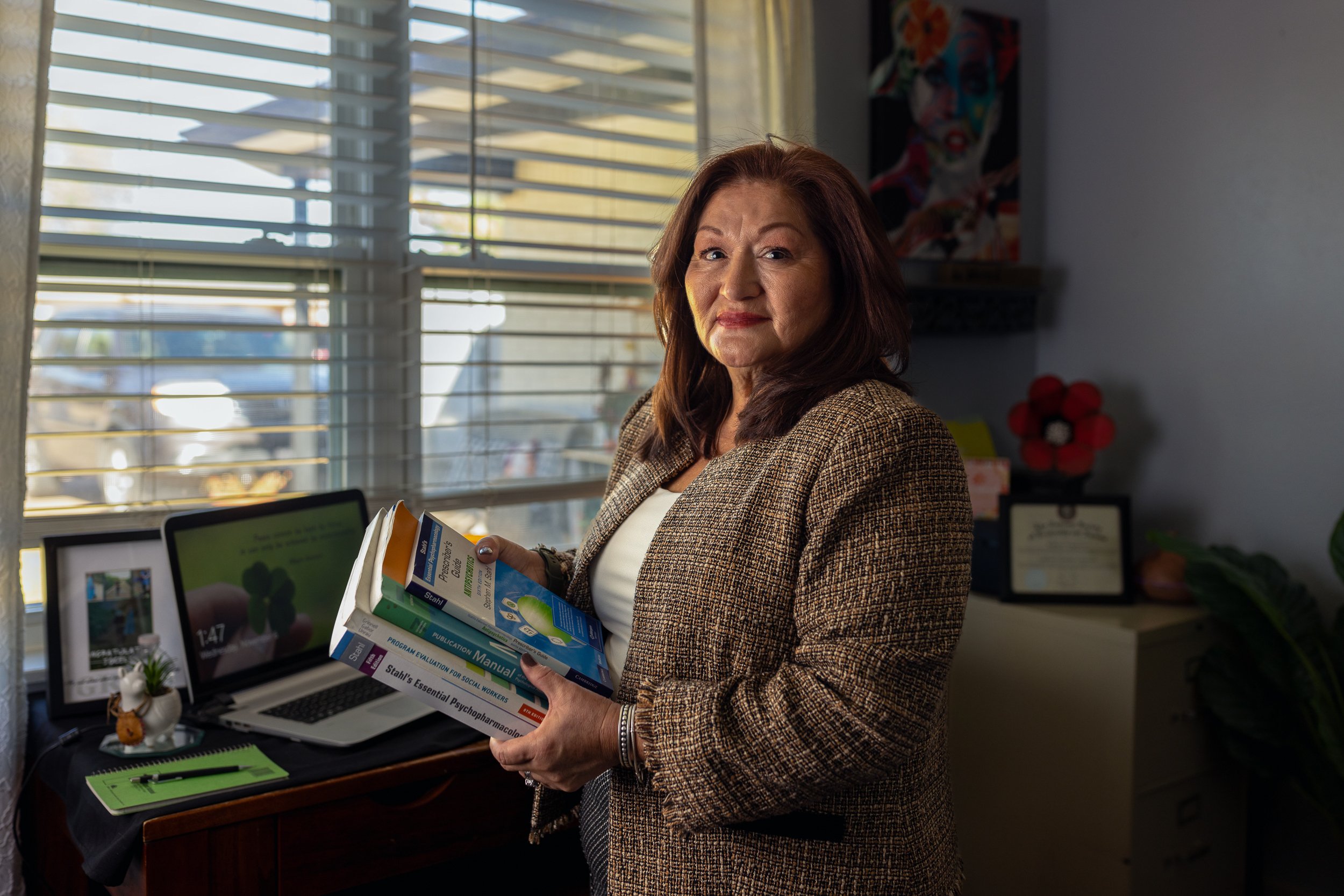
The Cancer Factory
Too many U.S. workers still suffer and die from exposure to well-known toxic substances, a Texas investigative reporter’s new book says.

Jim Morris, a seasoned investigative journalist from Texas and the founder of the nonprofit Public Health Watch, has a brand new (and scary) book about corporations concealing workplace hazards that literally kill their employees. The book opens with a longtime worker at a Goodyear plant in scenic Niagara Falls, NY who has just discovered blood in his urine—”sheets of it” —and soon learns that he and many union colleagues are all being diagnosed with deadly bladder cancer.
Morris recently spoke with Texas Observer Senior Reporter Lise Olsen about The Cancer Factory: Industrial Chemicals, Corporate Deception and the Hidden Deaths of American Workers, Beacon Press (January 2024).
Your book focuses on a massive scandal at a Goodyear plant, which, according to dozens of lawsuits, knowingly used a DuPont product that exposed workers to deadly toxic chemicals that caused many preventable deaths. Why did you dig into this New York case?

I first heard about this situation while doing this big chemical safety series in 1998 at the Houston Chronicle. I spent a year looking into vinyl chloride, which is one of the chemicals the Goodyear plant used in Niagara Falls for 50 years. But the bladder cancer death count then was not 78 like it is now.
I have been covering worker health and safety for much of my 46-year career, and many cases are murky: Did this worker’s exposure cause this particular worker’s cancer? This was such a thoroughly documented example of a specific chemical causing a very specific kind of cancer—the same type of cancer researchers had found in animals. Rarely do you see such a strong link.
You write about a union activist named Steve Wodka who later becomes an attorney and represents many of these dying workers in court. (He recently retired). Is there anyone else like him?
There are plenty of Texas lawyers who do “toxic tort” cases, but Wodka is really unusual because he basically was right there and helped draft the Occupational Safety and Health Administration (OSHA) legislation as a health safety advocate for the Oil, Chemical and Atomic Workers International Union (OCAW) starting in his 20s. He was one of the people whom whistleblower Karen Silkwood was planning to meet when she mysteriously died in [a one-car accident] near Oklahoma City in 1974.
As a staffer, he would go into some of their worst plants, see terrible conditions, and demand safety improvements. So, by the time he became a lawyer in the 1980s, he knew all of this firsthand. So no, I’d say there’s nobody quite like him in Texas.

The theme of companies detecting dangers to workers in lab studies and then hiding that research runs through your book. You explore coverups at both the Goodyear plant in New York and an old asbestos plant in Tyler that came to light only after many preventable deaths. The Tyler plant closed, but was the asbestos around it fully cleaned up?
I don’t think it was. And again, Wodka was involved in that for the OCAW. They buried a lot of that asbestos waste in fields outside the plant. I didn’t know if the asbestos is as bad as Libby, MT, [home to a Superfund site near an old vermiculite mine], but I don’t think that area was properly cleaned up.
Besides asbestosis (and mesothelioma) linked to asbestos, are there other cancers or chronic conditions that are just as firmly linked to industrial exposure? Your Public Health Watch team published a report about LA workers dying from silicosis, a dust-related illness. What about that?
Silicosis is like asbestosis—you can’t get it from smoking or drinking or from your parents. You can only get it from silica exposure. They call it a “marker disease” or a “signature disease.” It’s going to be hard for anybody to blame it on smoking or drinking or another lifestyle choice.
In our story, workers were getting silicosis from cutting artificial stone that looks like natural stone for countertops that many people have in their homes. I would be very surprised if the same problem didn’t exist here in Texas with so many immigrant workers [and] ineffective regulations. Back in the 1990s, I found silicosis among Texas workers who blast-cleaned tanks at tank farms. Silica is definitely still a hazard here, and there are probably many more.
Which other companies do you know about that exposed workers (or the public) to chemicals that they knew were highly toxic or known human carcinogens?
When I investigated vinyl chloride in the 1990s, there were a number of damning documents from companies like Dow, Conoco, and Oxy. Pretty much any major company that was using vinyl chloride from the 1950s all the way up to the present pretty much knew how bad this stuff was—and that it could cause a rare form of liver cancer and probably brain cancer. … It was very close to a conspiracy.
But I’m not aware of any case as striking as the Goodyear plant in Niagara Falls, which has 78 deaths at what is actually a very small plant. The National Institute for Occupational Safety and Health (NIOSH) was asked to go into the plant in the late 1980s because the [union] local was seeing an alarming number of bladder cancer cases.
PVC plastics plants reported releasing more than 400,000 pounds of vinyl chloride into the air to the Environmental Protection Agency in 2021, and Texas is a major production center. Are the current air quality standards tough enough to protect either workers or the public from this known human carcinogen?
I know the workplace standard was tightened to 1 ppm in 1974—after they found this cluster of rare cancer in Louisville, KY. … I don’t know whether experts think that 1 ppm is protective enough.
In terms of environmental exposures, the EPA is reviewing vinyl chloride right now [to see if] the chemical needs to be restricted or banned. It has officially gotten onto the Environmental Protection Agency’s watch list just last fall.
The petrochemical industry in Texas has often tried to pawn off cancer clusters on high rates of smoking, which can cause some similar cancers. How did the lawyer in the Goodyear lawsuits overcome that?
Sheer numbers! Wodka represented virtually all of the bladder cancer cases in court beginning in the 1980s until he retired—more than 30 cases. He sued DuPont, not Goodyear, since Dupont was primarily the supplier for selling what they knew was a known carcinogen. (The workers couldn’t sue their employer under workers’ comp.) Every single case was settled.
You write about how OSHA took shape in the 1970s—and how it was immediately attacked. Early on, it was criticized for failing to pass tough enough standards for known toxins. How is OSHA today?
OSHA is ineffective because it has been starved of resources from the start and really never got proper funding and staffing and saw reductions during the Trump years. Even today, now that it’s more than a half-century old, it is still ridiculously understaffed.
Some say the OSHA standard is still too low for ortho-toluidine, one of the toxic chemicals linked to so many bladder cancer fatalities among workers at the Goodyear plant in New York, as ProPublica recently reported.
The standards are often outdated—and the odds of OSHA inspectors getting to a workplace absent a catastrophic accident or mass fatalities are next to nothing. In fiscal [year] 2022, there was one inspector for every 77,000 workers in this country. Enough to visit each workplace once every 190 years.
What has surprised you since you returned to Texas and founded Public Health Watch? Have conditions for Texas workers improved in the years you worked in Washington, D.C. at the Center for Public Integrity? Or worse?
I left here in 1999 and came back in 2021, so I was gone 22 years. At Public Health Watch, we’ve done much more reporting on the Texas Commission on Environmental Quality (TCEQ) than on federal OSHA. I would say, at least on the environmental side, things are worse. From our reporting and what I hear from our people, it seems like the TCEQ is doing an even worse job than when I left in 1999, and they seem largely unconcerned with toxic exposures in these communities. There were always pro-business forces at work, but I can understand why people who live in these communities and activists who work with them get thoroughly discouraged.



